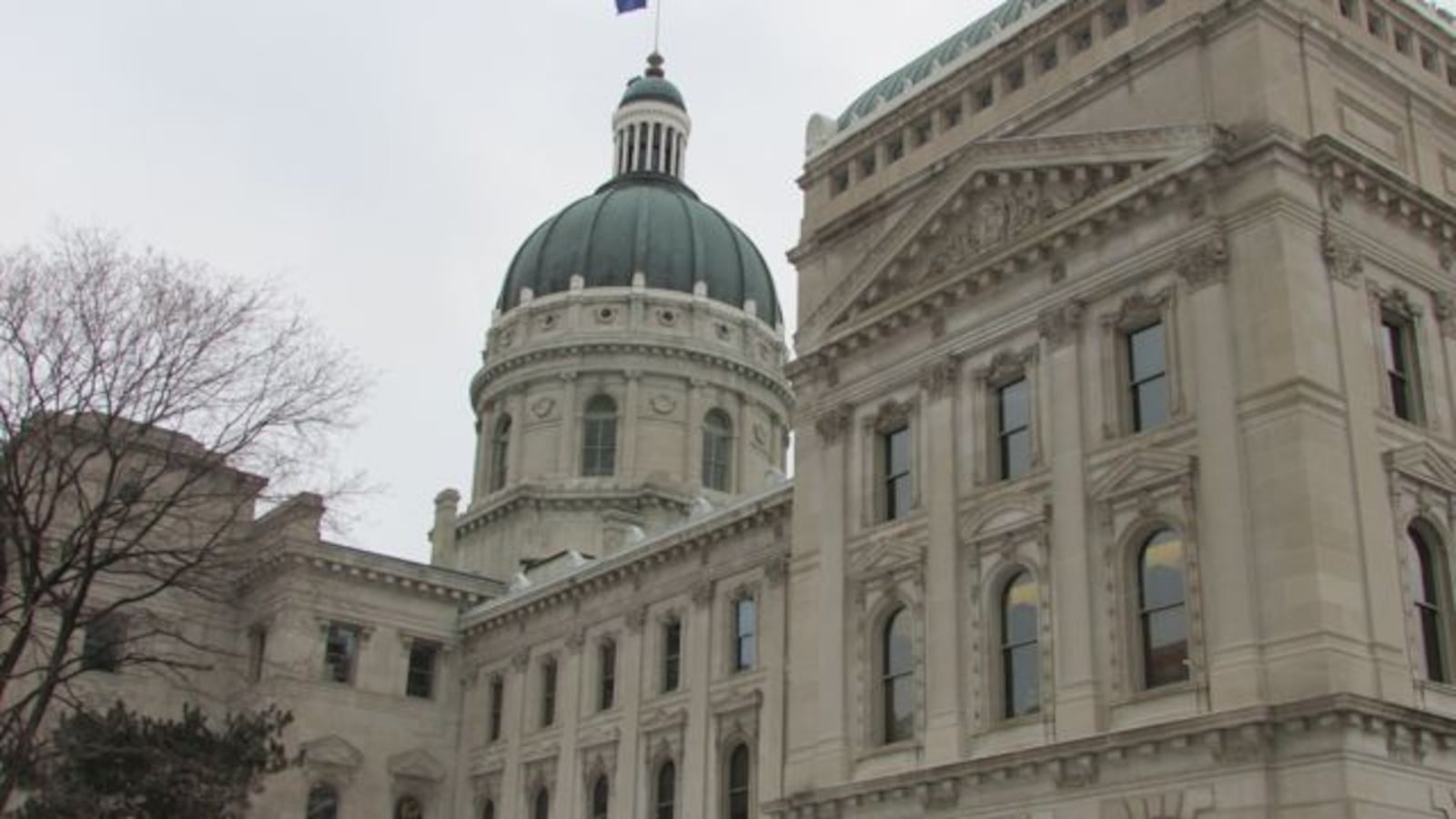If online students fail to log into classes for too long, virtual schools must kick them out, under a new Indiana law signed Wednesday by Gov. Eric Holcomb.
Students who want to go to an online school now also have to complete an orientation session with a guardian to better understand the expectations of a virtual learning environment.
These new rules, which leave room for the state and charter authorizers to bring stronger oversight of virtual schools, come in response to years of poor student outcomes at Indiana’s online schools and a bubbling scandal at two large virtual charter schools on the brink of closure.
Recently released data shows that thousands of students churn through virtual charter schools throughout the year, many leaving with no credits. That high turnover amounted to about $10 million in state funding last year going to online schools for students who did not complete work or failed classes.
Lawmakers’ actions this year, paired with a funding cut, represent the biggest steps the state has taken to regulate virtual charter schools since they launched a decade ago. Some lawmakers say the new rules put into place much-needed guardrails on fast-growing virtual schools, which have largely been in favor of the changes. But others lambasted the legislation as not going far enough, with state Sen. Mark Stoops, D-Bloomington, calling virtual schools “a scam.”
Added Tim Lanane, the Democrat leader in the state Senate, “I think we need to suspend the operations of virtual schools until we know if the taxpayers are being ripped off.”
The struggle to address Indiana’s troubled virtual schools illustrates the state’s dance between protecting school choice and cracking down on failing schools. On one hand, lawmakers defend online education as a critical option for some of the state’s most challenged students, particularly those who haven’t been successful in traditional brick-and-mortar schools.
But Indiana’s virtual charter schools post below-average graduation rates and test scores. They have largely received D and F grades from the state. And the credit data raises questions over how well online schools are educating students, if at all.
Holcomb, who has called for action to improve virtual schools, said Monday that he recognized the need for parents to have choices on where to send their children to school, but the state needs to ensure students will receive quality education at virtual schools.
“We need to hold everyone equally accountable,” he said, adding that the new law took “good steps forward.”
Roughly 13,000 students across the state attend full-time virtual charter schools, which draw about $80 million in state funding. Several thousand more students are enrolled at all-online schools run by traditional public school districts, and a few hundred students also go to hybrid schools where they split time between online and in-person lessons.
State lawmakers crafted the new rules based on recommendations from the state education board. But lawmakers didn’t take up some of the board’s strongest suggestions, including capping virtual school growth or setting student-to-teacher ratios.
The new law singles out the two most controversial virtual charter schools and the small school district that oversees them — Daleville Community Schools, a district of less than 1,000 students southwest of Muncie.
Officials have said they don’t believe districts have the capacity to properly monitor big, statewide virtual charter schools. The change in law seeks to ramp up oversight by preventing school districts from chartering virtual schools, and it could potentially lead to the shutdown of Indiana Virtual School and Indiana Virtual Pathways Academy.
But those two schools are already facing possibly losing their charters. Earlier this year, Daleville moved to revoke the schools’ charters, raising concerns over thousands of students between the two schools who weren’t placed in classes, let alone earning credits.
The two schools have disputed the allegations. A hearing to decide their fates is scheduled for June.
Daleville Superintendent Paul Garrison said in an emailed statement that the district “supports efforts to make the venue more effective for the students who choose it,” and officials “welcome and recommend state regulation.”
What’s likely to have a harsher effect on virtual schools will be the reduction in funding, which decreases funding for online students to 85 percent of what students in traditional brick-and-mortar settings receive. Virtual schools have been largely supportive of the state’s efforts to improve student engagement: Many say they already have similar systems in place to introduce new students to online learning and check their progress. Schools also already withdraw hundreds of inactive students.
The new rules also apply to online schools that aren’t charter schools, such as Indiana Digital Learning School. Head of School Liz Sliger called the new regulations “healthy.”
“I’m not afraid of high expectations,” she said. “The best thing for me is clarity. So if you want virtual schools to be responsible in attendance, then please define what that is — and that’s what we’ll do.”
The new law also brings enhanced monitoring of schools where a significant proportion of students leave before graduation. It asks for an interim study committee to scrutinize virtual schools’ finances, including how much they spend on classroom instruction, outside contractors, and administrative salaries.
Republican Sen. Jeff Raatz of Centerville, who authored the legislation, said he believes the new law “puts some arms around virtual charters in a very responsible way, I believe, as a good beginning to regulate them and see better outcomes.”
What happens next rests in large part with the state board of education, which is charged with developing rules for virtual schools, including on how they track attendance.
“It’s clear that the student monitoring has been fairly dismal — not necessarily across the board, but it’s pretty dire,” said state board of education member Gordon Hendry, who led the board’s committee studying virtual schools. “It’s clear the state board needs to move quickly on these issues, so that we can set some real guardrails on student enrollment at virtuals.”

